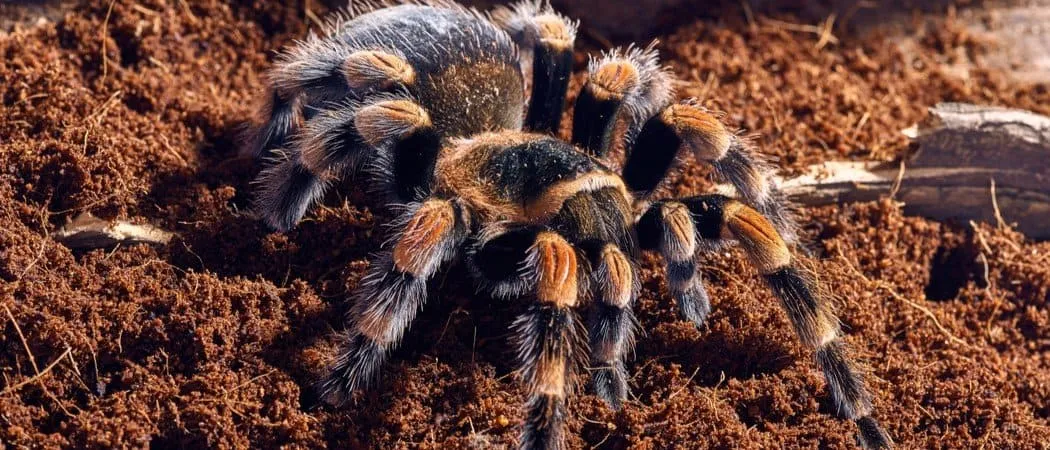What Influences Red Knee Tarantula Size
Understanding the size of your Red Knee Tarantula (Brachypelma hamorii) is crucial for proper care and enclosure setup. Several factors contribute to how big these fascinating creatures grow. Genetics, sex, nutrition, and environmental conditions like temperature all play significant roles. By understanding these influences, you can better anticipate your tarantula’s growth and provide optimal living conditions.
Genetics and Breeding
Just like with any other animal, genetics are a primary determinant of a Red Knee Tarantula’s potential size. Tarantulas from larger parents tend to grow larger themselves, although environmental factors can also affect the outcome. Breeders often select for size, aiming to produce larger specimens over generations. This selection process impacts the average size observed within a breeding line. It’s also important to consider the source of your tarantula; reputable breeders will have records of their tarantulas’ lineage, which can give you an idea of their potential size.
Sex of the Tarantula
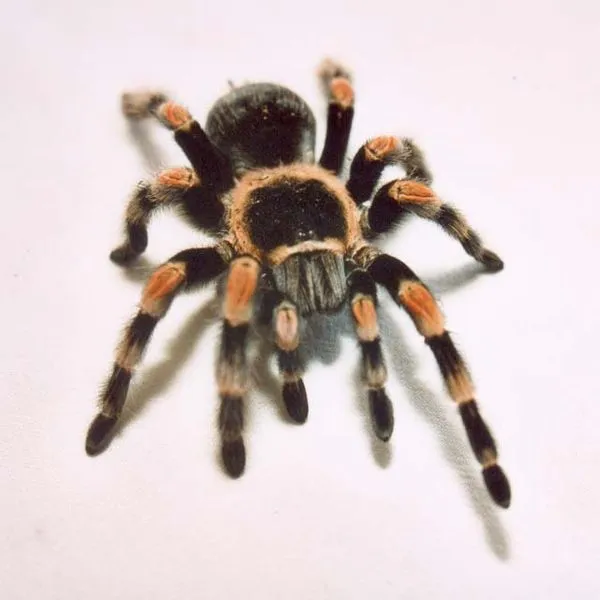
The sex of your Red Knee Tarantula is another significant factor influencing its eventual size. Generally, female Red Knee Tarantulas grow larger and live longer than males. This difference is a natural phenomenon observed across many tarantula species. Males tend to mature faster and dedicate more energy to finding a mate than to growing larger. Therefore, when considering how big a Red Knee Tarantula gets, its sex is a critical piece of information.
Male vs Female Size Differences
As mentioned, female Red Knee Tarantulas usually reach a larger size than males. Adult females can have a leg span up to 6 inches or more, while males typically have a leg span of 4-5 inches. The body length also differs; females generally have a more robust body. This size difference can become quite noticeable as the tarantulas mature. Observing the tarantula during molting can reveal its sex. The presence of spermathecae, a sperm-storage organ, confirms a female, whereas males have modified pedipalps used for mating.
Nutrition’s Impact on Growth
Nutrition is paramount in determining the size a Red Knee Tarantula will achieve. A well-balanced diet that provides sufficient protein and nutrients is essential. Tarantulas need a diet consisting primarily of insects, such as crickets, mealworms, and roaches. The size and frequency of feedings directly influence their growth rate and ultimate size. However, overfeeding can lead to health issues, so a balanced approach is crucial.
Feeding Frequency and Quantity
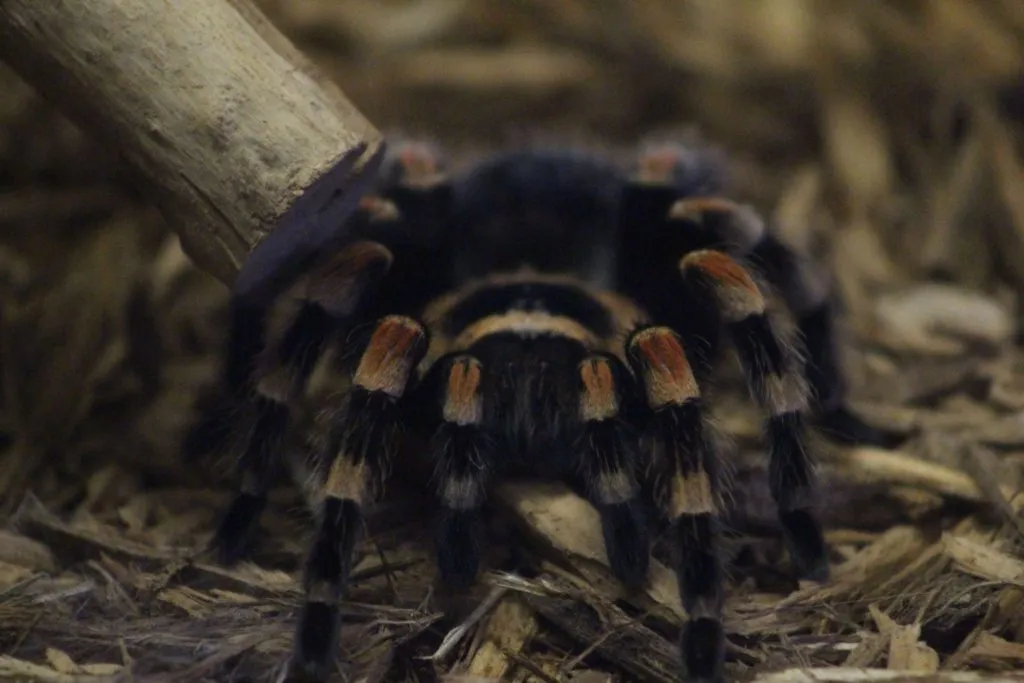
The feeding frequency and quantity should be adjusted based on the tarantula’s age and size. Spiderlings require more frequent feedings, typically every other day, while juveniles and adults can be fed less often, such as once or twice a week. The amount of food offered should be proportionate to the tarantula’s body size. Avoid offering prey larger than the tarantula’s abdomen. Always remove uneaten food within 24 hours to maintain a clean and healthy environment. Providing a varied diet ensures they receive all the necessary nutrients for optimal growth.
The Role of Temperature
Temperature plays a critical role in a Red Knee Tarantula’s metabolism and growth rate. Tarantulas are ectothermic, meaning they rely on external sources to regulate their body temperature. The appropriate temperature range is essential for molting and overall health. Maintaining the correct temperature encourages a healthy appetite and efficient nutrient processing, which directly influences growth.
Optimal Temperatures for Growth
The ideal temperature range for Red Knee Tarantulas is between 75°F and 85°F (24°C and 29°C). A slightly warmer temperature can accelerate their metabolism and growth, but it’s important to avoid overheating, as this can be detrimental. Using a heat mat or a low-wattage heat lamp can help maintain consistent temperatures. Always monitor the temperature with a reliable thermometer and ensure the tarantula has a thermal gradient within its enclosure to choose its preferred temperature zone.
Red Knee Tarantula Size Expectations
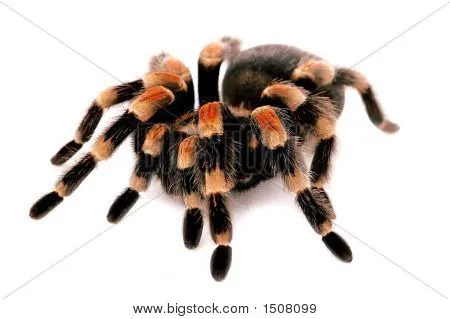
Understanding the expected size range for your Red Knee Tarantula helps you plan its enclosure and care. The size varies based on several factors previously discussed, including genetics, sex, and environmental conditions. However, there are typical size ranges you can anticipate as your tarantula grows.
Average Size for Adult Females
Adult female Red Knee Tarantulas usually reach a leg span of 5 to 6 inches or even slightly larger in some cases. Their body length can range from 2 to 3 inches. They exhibit a robust build, which contrasts with the leaner physique of adult males. Female tarantulas are also known for their longevity, often living for 20 to 30 years under proper care. Observing your female tarantula’s size progression is important for providing an adequately sized enclosure.
Average Size for Adult Males
Adult male Red Knee Tarantulas typically have a leg span of 4 to 5 inches, slightly smaller than females. Their body length tends to be shorter, often around 1.5 to 2.5 inches. Males mature faster and have a shorter lifespan, typically living for 5 to 10 years. As they approach maturity, you might observe changes like the development of tibial hooks on their front legs, used to hold the female’s fangs during mating.
How to Measure a Red Knee Tarantula
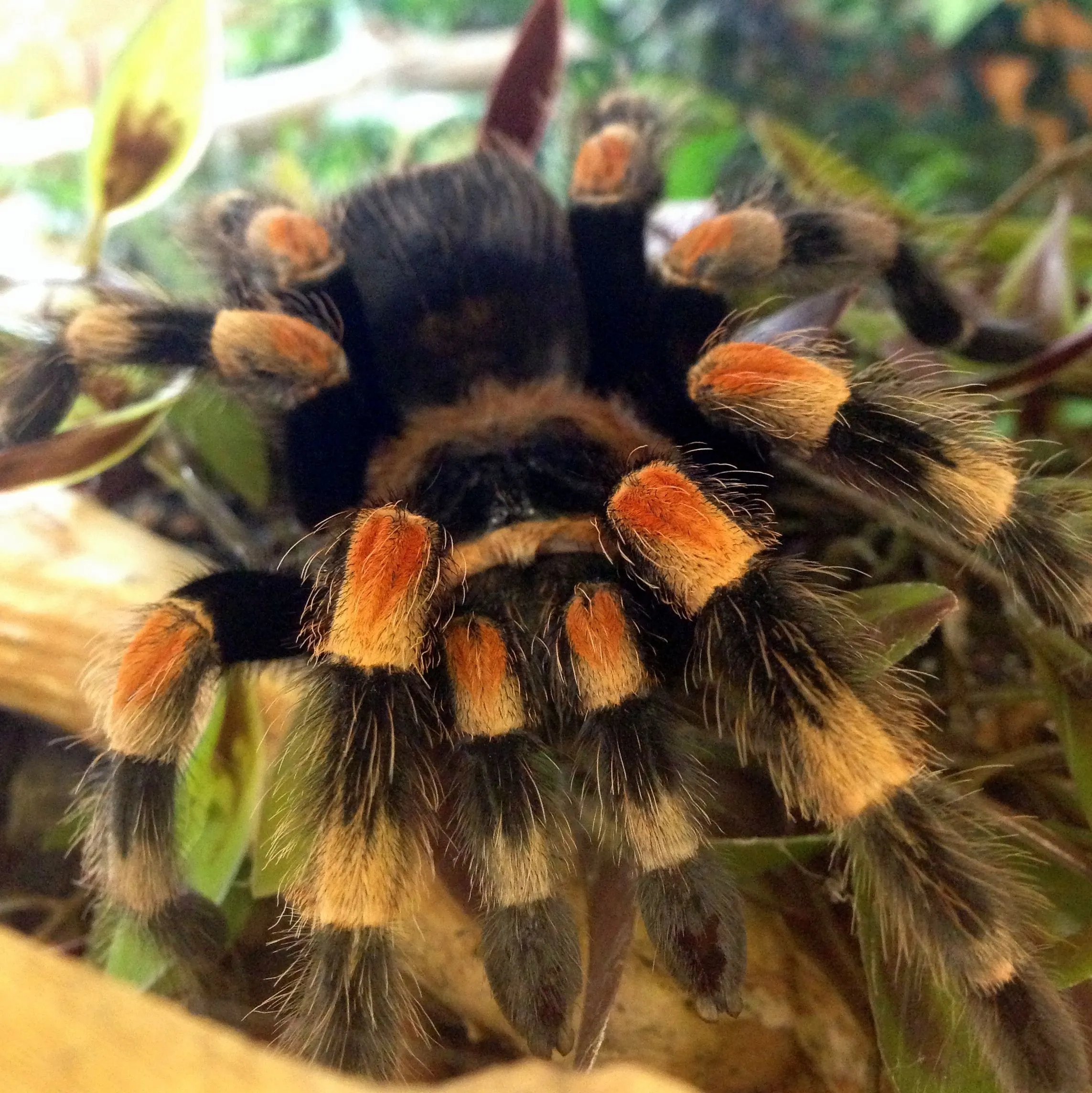
Accurately measuring your Red Knee Tarantula can help you track its growth and assess its overall health. Measuring their size is a straightforward process, but it’s essential to handle the tarantula carefully to avoid stress or injury. It’s best to measure a tarantula when it is calm and not agitated. This will help you get a more accurate measurement and keep your tarantula safe.
Methods for Accurate Measurement
The two primary measurements to take are the leg span and body length. Use a soft ruler or measuring tape to avoid harming the tarantula. When measuring the leg span, gently place the ruler across the widest point, which is from the tip of one leg to the tip of the opposite leg on the same side of its body. For body length, measure from the front of its carapace (the top shell of the cephalothorax) to the back of its abdomen.
Measuring Body Length and Leg Span
To measure the leg span, carefully position the ruler across the tarantula’s legs, ensuring it is straight. Record this measurement. To measure the body length, gently place the ruler along the tarantula’s body, starting from the front of the carapace to the end of the abdomen. Keep the ruler flat and parallel to the tarantula’s body. Regular measurement allows you to monitor your tarantula’s growth and identify potential issues early, like insufficient feeding or environmental stress.
Size Comparison to Other Tarantulas
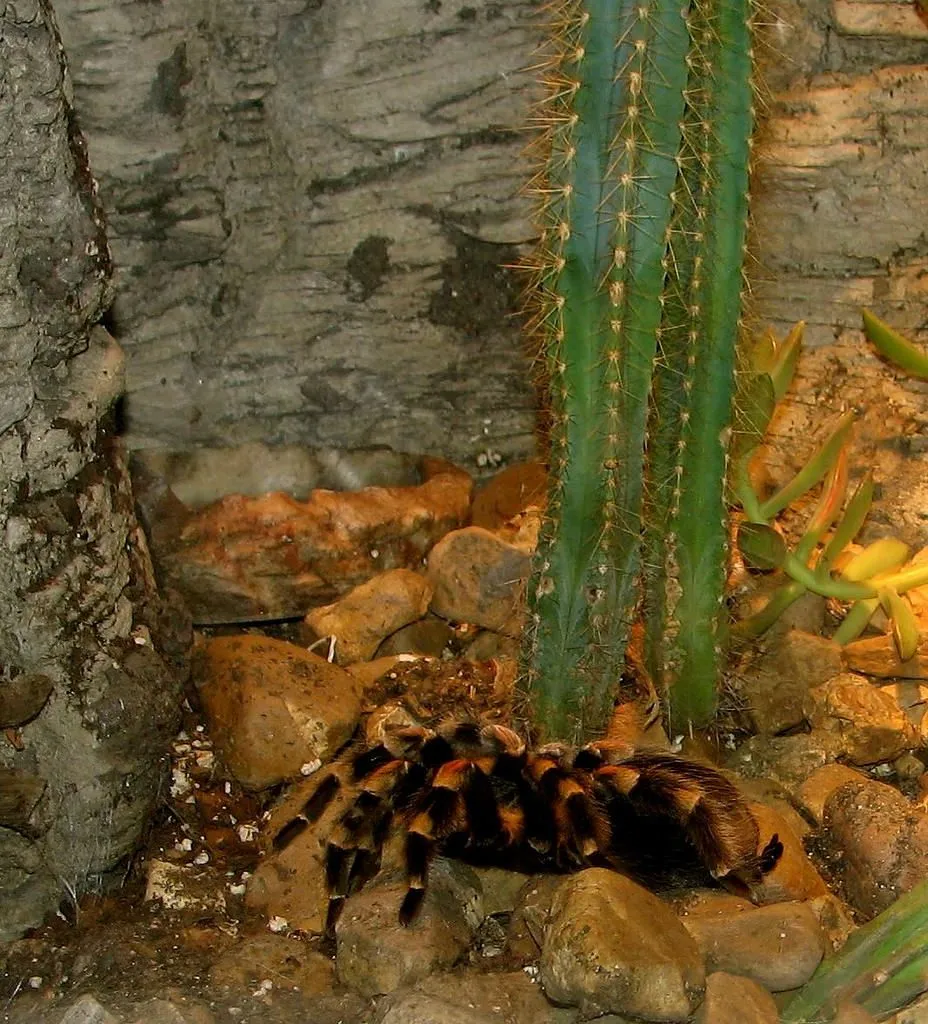
When considering the size of a Red Knee Tarantula, it’s helpful to compare it with other popular tarantula species. This comparison provides a broader perspective on the relative size and helps you understand how your Red Knee Tarantula fits within the tarantula world. This helps in setting realistic expectations and provides a deeper appreciation for these amazing creatures. Many factors affect size, but comparison offers a helpful context for prospective owners and enthusiasts.
Compared to other tarantula species, the Red Knee Tarantula is considered a medium-sized species. For example, the Goliath Birdeater (Theraphosa blondi) is one of the largest tarantulas in the world, with a leg span that can exceed 10 inches. In contrast, dwarf tarantulas such as the Trinidad Olive (Holothele incei) are much smaller, with leg spans rarely exceeding 3 inches. The Red Knee Tarantula’s size places it in a comfortable range for many enthusiasts, being neither overly large nor particularly small, which contributes to its popularity as a pet.
In summary, the Red Knee Tarantula’s size is influenced by a combination of genetics, sex, nutrition, and environmental factors like temperature. Female Red Knee Tarantulas generally grow larger than males, with leg spans up to 6 inches or more. Proper care, including a balanced diet and suitable enclosure conditions, is crucial for helping them reach their full potential. Regular measurement and comparison to other tarantula species help in assessing your tarantula’s health and understanding its place in the tarantula family. By understanding these aspects, you can provide the best possible care for your Red Knee Tarantula and appreciate its unique characteristics.
